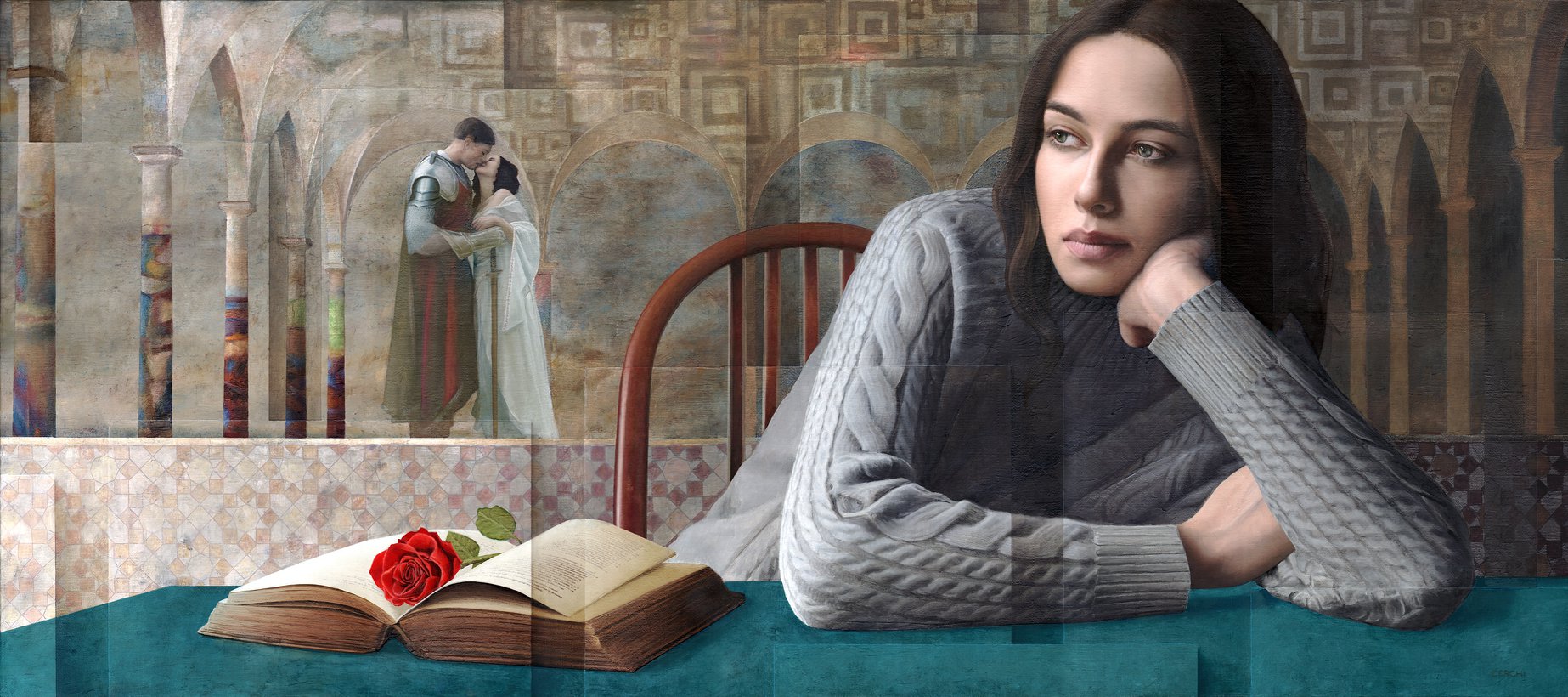Mihály Munkácsy (Mukačevo, 20 febbraio 1844 – Endenich, 1º maggio 1900) è stato un pittore Ungherese.
Mihály Lieb, suo vero nome, fu un pittore accademico, attivo a Parigi e a Budapest negli anni fra il 1870 e il 1890. Studiò nel 1863 a Budapest e nel 1864 a Vienna.
Espose al Salon di Parigi nel 1870 ottenendo un successo inaspettato. In una trentina d'anni riuscì a produrre circa seicento quadri nei generi più disparati: ritratti, nature morte, paesaggi, scene di genere, interni borghesi, composizioni storiche e religiose.
Alcuni di essi sono di dimensioni assai grandi (100 m² per l'Apoteosi del Rinascimento, oggi al Museo di Belle arti di Vienna, più di 60 m² e un centinaio di personaggi per La conquista del Paese, oggi nella sede del Parlamento Ungherese).
Purtroppo la maggior parte delle sue opere si è deteriorata per l'impiego di un fondo di colore al bitume, la cui ossidazione ha cominciato ad annerirle gravemente subito dopo la loro realizzazione.







